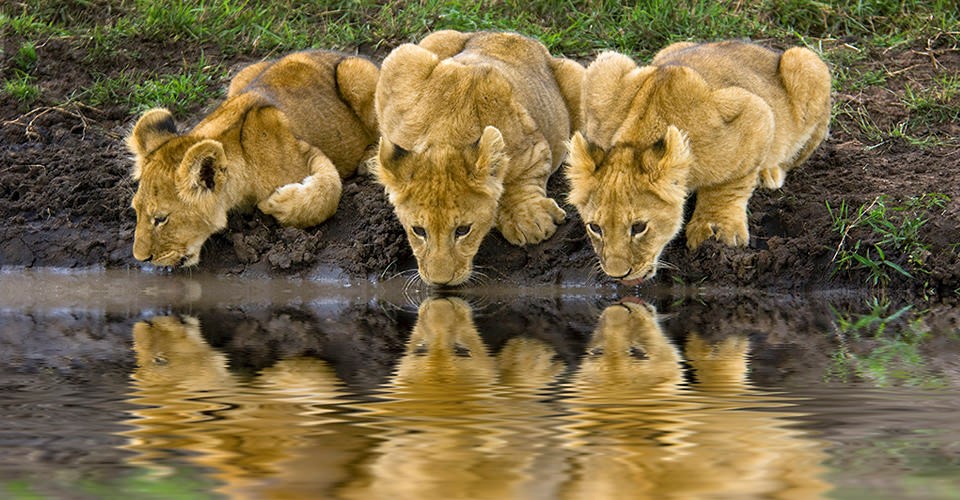There is so much to explore in Tanzania that one always remains in an utter dilemma of what to see and what to leave for the next visit. Amidst all these confusions, there is one spectacular thing you surely cannot afford to miss when planning for a holiday trip at Tanzania. Yes, we are talking about witnessing the most beautiful migration in Tanzania that will make your entire Tanzania safari experience turn into a magical one. You surely cannot miss out the opportunity of watching around 1.5 million wildebeest, 400, 000 Zebras and 200,000 Gazelles!
It’s at Tanzania’s Serengeti National Park, where you can see the World’s largest mammal migration, which is also popularly referred to as, one amongst the ten ‘Natural Travel Wonders of the World’! If you are one of those wildlife and nature lovers who want to know more about and feel Wildebeest’s natural behaviour and instincts, then what’s stopping you to visit this unparalleled carnation of almighty?
The Migration Cycle
Every year an incredible natural phenomenon occurs wherein thousands of wildebeests, zebras and gazelles move from North of Tanzania to Maasai Mara in Kenya. This is an annual migration phenomenon which starts in the month of November, when wildebeests and zebras feed on the luscious and nutritious grasses of the Serengeti, located in the North of Ngorongoro Conservation Area.

The cycle further progresses with a calving season, during the month of January to March. It is here, when you can get the opportunity to see cute little wildebeest calves playing around. Soon the herd moves towards the Western area in April.
If you are looking forward to spot hundreds and thousands of wildebeest, zebras and Grant’s and Thompson’s gazelles all at the same place, then the Moru Kopjes and the western parts of Seronara in the month of May is the best place you can go to. Soon, the herd further travels from the Grumeti River banks to the Ikorongo from June to August.
The most serious obstacle of these animals is during the month of September when they move along the fierce Mara River. However, seeing the confused and panicked herd moving back and fro can also be very entertaining. The Wildebeest are finally settled by October and get to know where they need to head now, and finally reaches the southern Serengeti, once again in the month of November.
Quick Traveller’s Tip
Though the Serengeti National Park can give you a rich wildlife and the great migration experience throughout the year, here are some safari traveller’s tips:
- Best season to travel: June to July
- Best season to watch out the calving cycle: February to March
- Best Weather with very little rainfall – June to October.
- Uninteresting Season and bad weather conditions: April and May
Some of the best accommodations and camps you can take a halt at are: Ndutu Lodge near Lake Ndutu, Grumeti River Camp near Grumeti River and some mobile camps like Sayari Camp and the Nomad Lamai Camp. SafariHub are experts.























